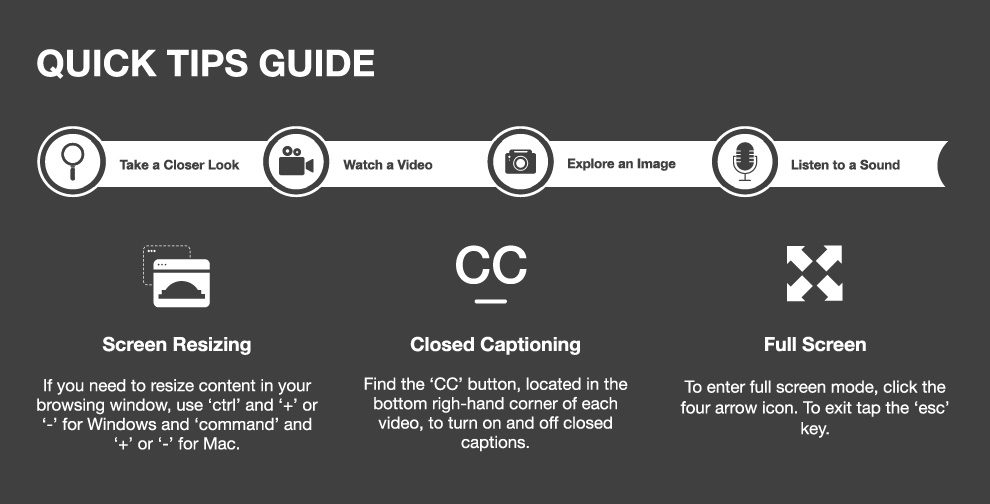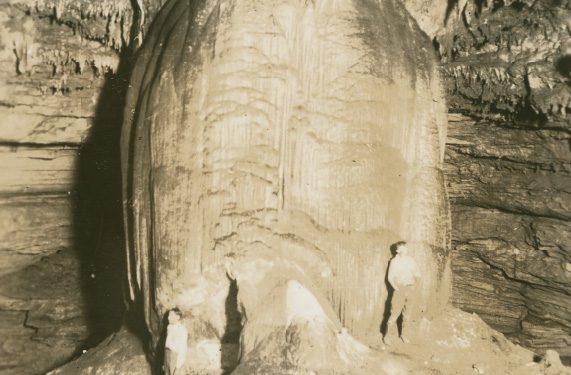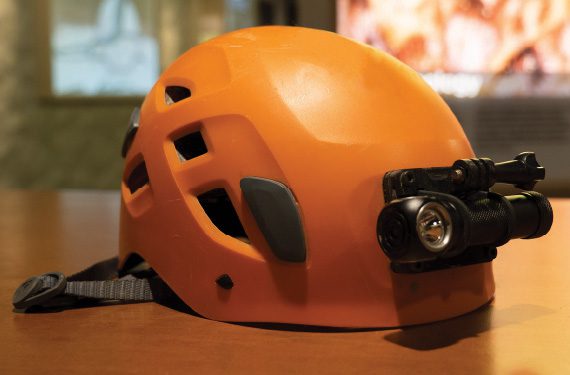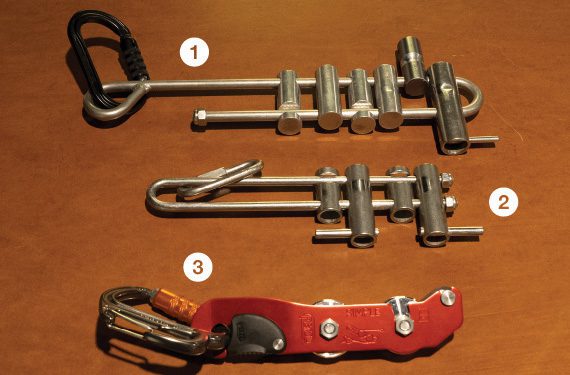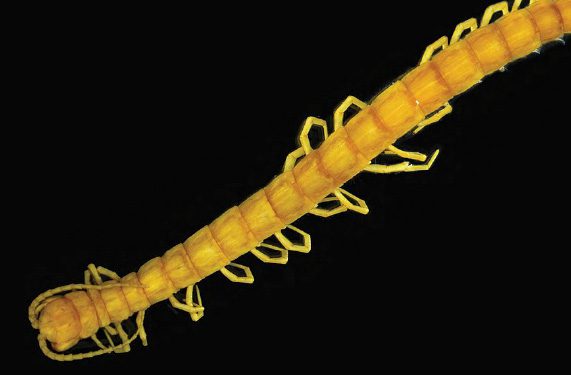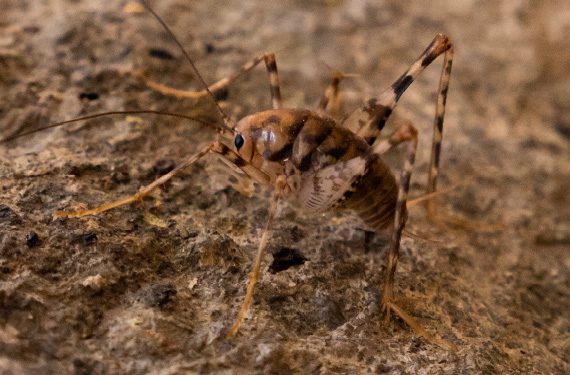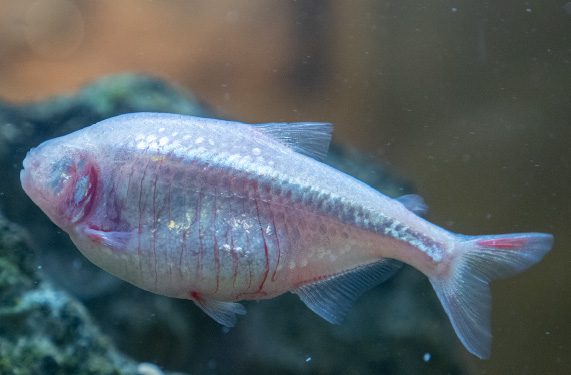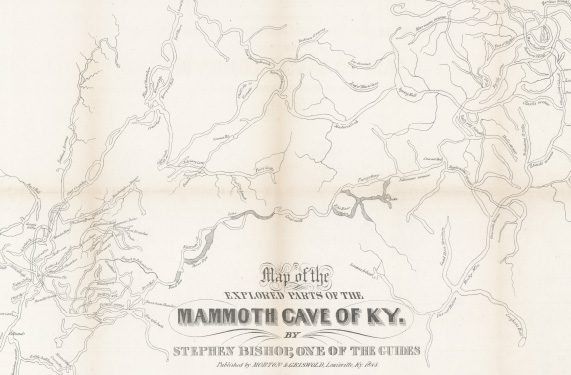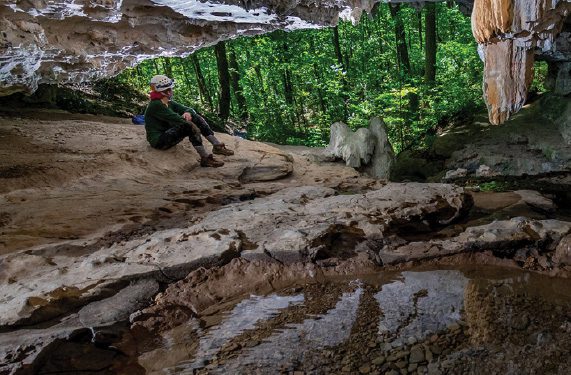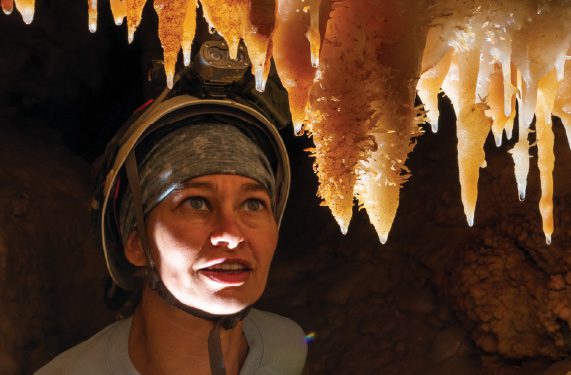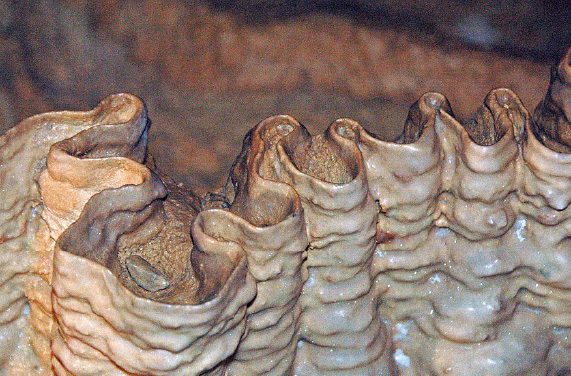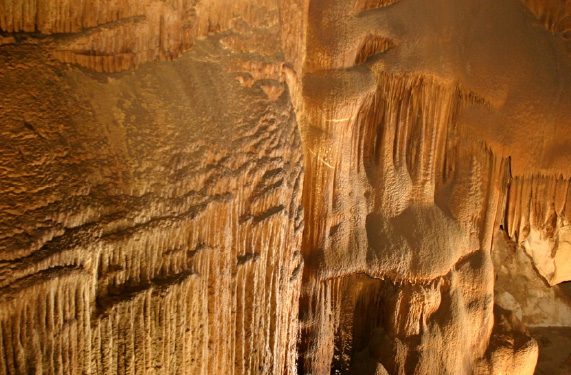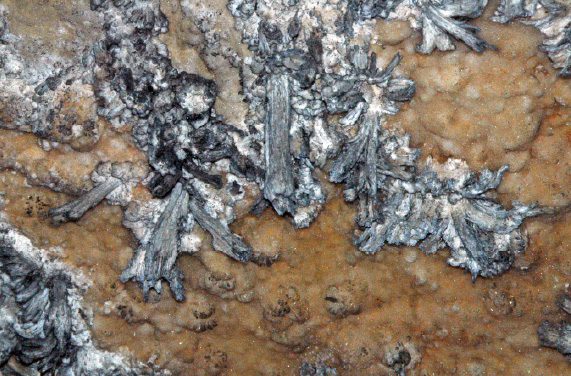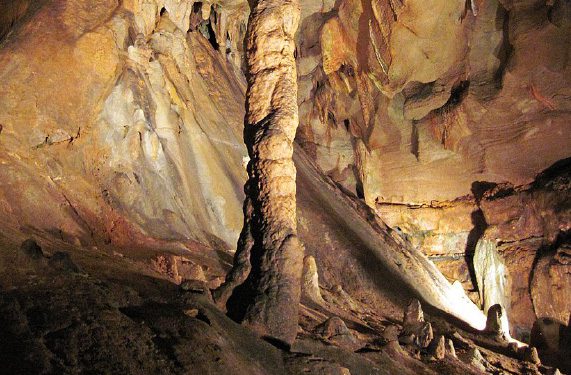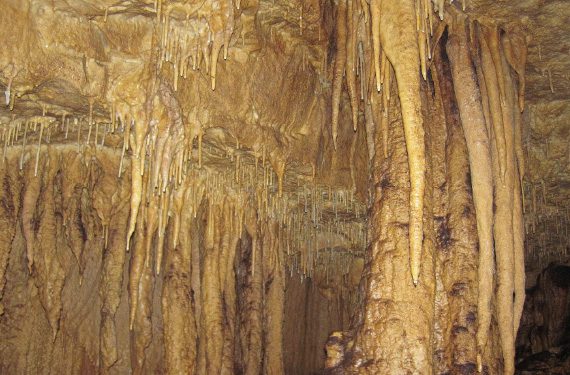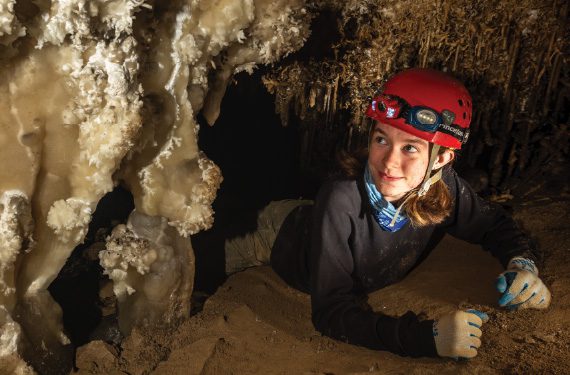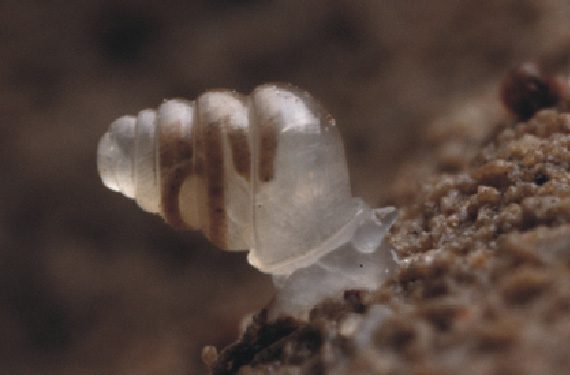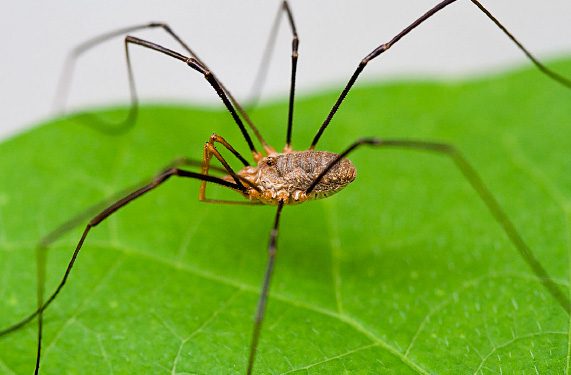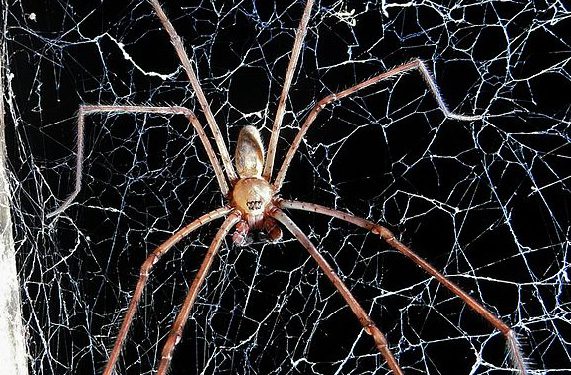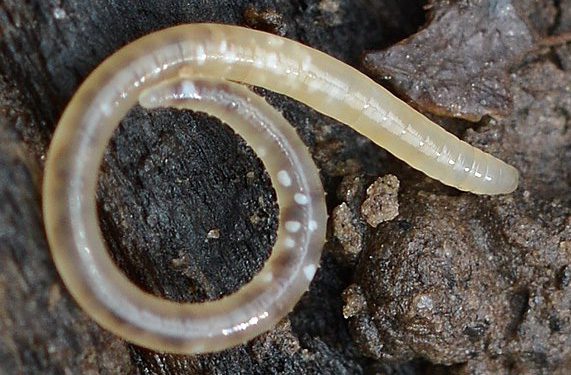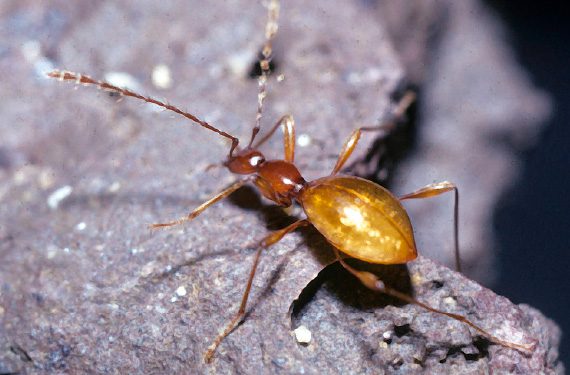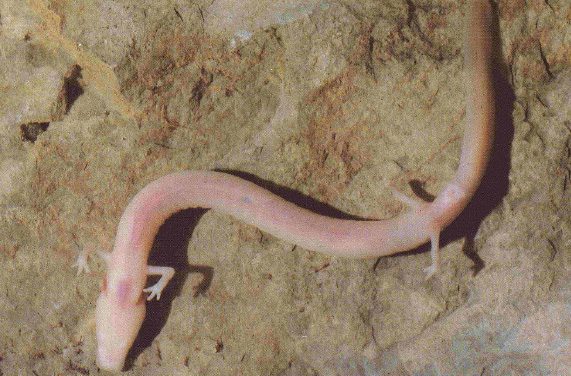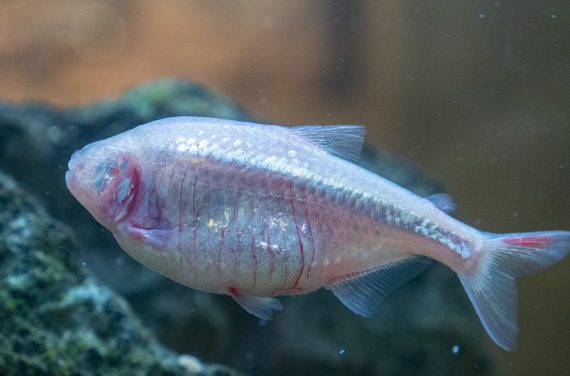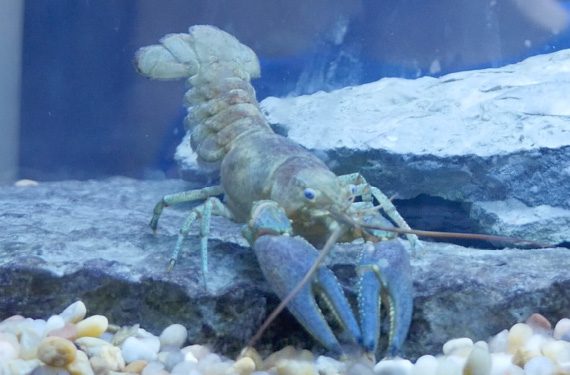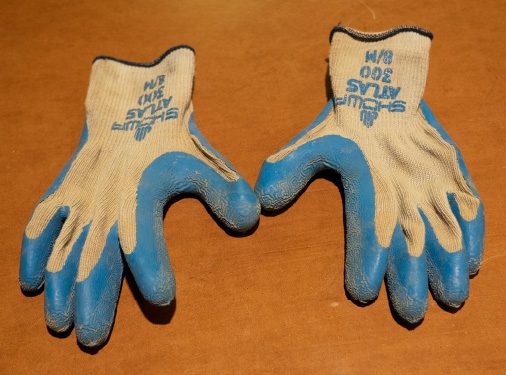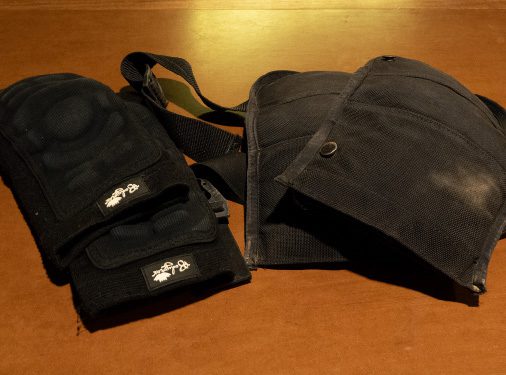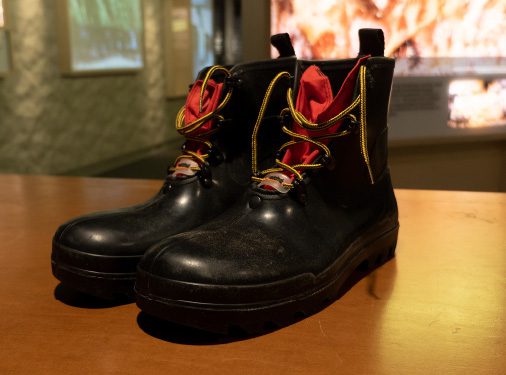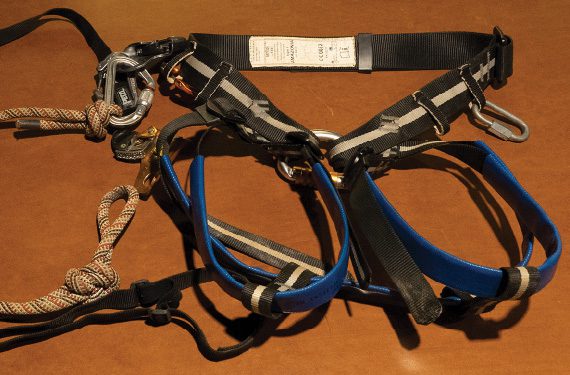- Welcome to Cincinnati Museum Center
- Quick Tips
- Let's Get Started
- Welcome to The Cave
- Adventure Roadmap
- Meet the Experts
- Section 1: Getting to Know Caves
- Cave Tour - Video
- Why Scientists Love Caves - Video
- Want to go Caving?
- Entrance Zone - Video
- Allegheny Woodrats
- Twilight Zone - Video
- Fossil Wall
- Troglophiles and Cave Detective Work - Video
- River Cavern: Gallery Exploration One
- River Cavern: Gallery Exploration Two
- Troglobites and Rock Formations - Video
- Cave Formations - Video
- Lights On! Cave Exploration
- Lights Off! Cave Exploration
- Jaguar Skeleton - Video
- Role of Plants in Caves - Video
- Protecting Cave Ecosystems - Video
- Bats Up Close
- Section 2: Cave Exploration
- Section 3: Let’s Talk Caves
- Thank You for Visiting The Cave - Video
- Thank You for Visiting CMC








Please click the on the right side of the screen to proceed.
As you navigate your virtual adventure, you will become familiar with the following icons. You can always access the "Quick Tips" page through the top navigation bar.
If you need to resize content in your browsing window, use 'ctrl' and '+' or '-' for Windows and 'command' and '+' or '-' for Mac.
Find the 'CC' button, located in the bottom right-hand corner of each video, to turn on and off closed captions.
To enter full screen mode, click the four arrow icon. To exit tap the 'esc' key.
Inspired by real local caves, Cincinnati Museum Center’s is one of the largest artificial caves found in the United States, with more than 500 feet of passages through a realistic and immersive experience.
ADVENTURE ROADMAP
Venture into CMC’s famous Cave exhibit for a look back in time to tell the long story of limestone cave formation. From waterfalls and stalactites, to fossils and troglobites, discover all the features in the Cave’s twists and turns. Meet cave residents, explore geology and see how environments change over time. Will you become a cave explorer and protector?
Section 1:
GETTING TO KNOW CAVES
Caves are fragile ecosystems, where organisms interact with their physical environment. Join our friendly exhibit guides to explore cave environments, investigate how they formed and discover what we can learn from cave research.
Section 2:
EXPLORING THE CAVE
Venture into CMC’s Cave to discover the geology of cave formation and meet the plants and animals who live in and around caves, including some members of CMC’s big brown bat colony!
Section 3:
LET’S TALK CAVES
Humans have used caves since prehistoric times – and can enjoy and protect them today. Experiment with geologic layers, explore caves around the world and try out what you’ve learned in our interactive quiz.
MEET THE EXPERTS
Meet the experts from Cincinnati Museum Center that will be guiding your virtual adventure.
A special thanks to the Youth Programs Volunteers for their expertise and input.
Curator of Vertebrate Zoology
Curator of Invertebrate Paleontology
Coordinator of Animal Programs
Manager of Gallery Activities
Coordinator of Gallery Activities
Youth Program Volunteers
Courtesy of Jacob Lieber Photography
Section 1
GETTING TO KNOW CAVES
A cave is a naturally occurring hole formed in stone, insulated below ground with very stable conditions. Over millions of years, layers of sediment from a prehistoric shallow sea compressed into limestone. The Cave at CMC represents a solutional cave, where acidic water enters the rock and starts to dissolve it and slowly shapes the caves.
Caves feature fragile ecosystems with interdependent living and non-living elements, where each organism plays its part. Explore the zones of CMC’s Cave to see how the different components work together in the cave environment.
WANT TO GO CAVING?
Remember the rule of threes while planning cave trips!
You should always: have three light sources, have three points of contact if you are climbing, cave in groups of at least three people, and tell people where and when you are going and when you'll return.
→
Click the icons on the right side of the screen to learn more about the gear cave explorers use!
ALLEGHENY WOODRATS
CMC studies an endangered species of rodent called Allegheny Woodrats in its genetic research lab. Since they only use caves when needed, Allegheny woodrats are an example of trogloxenes. They are well-adapted for a nocturnal lifestyle and have large ears, large eyes and long whiskers to forage for food in the dark. Meet CMC’s Curator of Zoology, Heather Farrington, to learn how her research helps Allegheny woodrats at the Edge of Appalachia Nature Preserve.
Image courtesy of Rich McCarty
←
Click the video icon to learn more!
Join CMC’s Curator of Vertebrate Zoology, Dr. Heather Farrington, as she explores these fascinating animals!

FOSSIL WALL
Caves provide a window to the past. Skeletons and fossils from caves help scientists reconstruct past environments. Some fossils are evidence that a warm, shallow ocean teeming with life covered this region 350 million years ago. As creatures died, their skeletons accumulated over time to form the limestone rock that caves hollow out.
←
Click the video icon to learn more!
Get a closer look at this evolution with CMC’s Curator of Invertebrate Paleontology, Dr. Brenda Hunda, as she dives deep into the science of paleoecology.

Click on the icons to explore more about this area of The Cave.
Click on the icons to explore more about this area of The Cave.
Click on the icons to explore more about this area of The Cave.
Click on the icons to explore more about this area of The Cave.
BATS UP CLOSE
CMC’s big brown bat colony has lived in Union Terminal for twenty-five years. In caves, big brown bats roost in summer and hibernate in winter. Bats echolocate – or bounce sound off objects – to navigate dark environments. Meet CMC’s Animal Programs Coordinator, Ann Wegman, to learn what makes bats special.
Image of Hibernating Big Brown Bats. Courtesy of U.S. Fish and Wildlife
←
Click the video icon to learn more!
Join CMC’s Coordinator of Animal Programs, Ann Wegman, as she talks about the exciting features of bats!
←
Click the video icon to learn more!
Follow CMC’s Coordinator of Animal Programs, Ann Wegman, as she goes inside the Bat Flight Cage!

Image courtesy of Jacob Lieber Photography
Section 2
CAVE EXPLORATION
Since prehistoric times, humans have used caves for shelter, exploration, artistry and raw materials. Caves record a region’s history: fossils, cave deposits and the flow of water preserve details about life, climate and geology.
Cavers are people who explore, map and study caves. Discover the stories caves tell, the people who explore them, and the animals that call them home.
Click on the icons to explore more about this area of The Cave.
Click on the icons to explore more about this area of The Cave.
There are many different kinds of caves around the world. The largest limestone cave is in Vietnam. The movement of water or wind forms erosional caves, such as Wind Cave in Utah. Lava carves out other types of caves, such as those found in Hawaii. Chart your own adventure to learn about other types of caves.
Please close the new browser tab to return to this presentation.
EXPERIMENT BREAK!
Sugar Caverns
Water picks up carbon dioxide as it travels through soil, forming carbonic acid. The acidic water enters rock, dissolving it and slowly shaping caves. Eventually, this water exits through a spring, waterfall, or small drip. In this experiment, the clay represents the soil, and the sugar cubes represent the rock underneath. As the sugar cubes disintegrate into microscopic particles, a cavern forms.
Image courtesy of Mammoth Cave National Park, via Wikimedia Commons
←
Click the video icon to learn more!
Join CMC’s Youth Programs Volunteers to learn more about how you can simulate cave formation at home!

What type of acid is created from carbon dioxide and water to help form caves?
What are essential pieces of equipment that you should take with you caving?
A Trogloxene is an animal that visits a cave but does not live in a cave. What are some examples of Trogloxene species?
What do we call a type of animal that lives mostly in caves? Hint: the word means “cave lover.”
Answer the following questions. Then, click on each image to reveal the answer.
What type of animal means “cave life,” or animal that can live only in caves?
What is the name of the cave zone where you’ll find sunlight, a changing temperature and sometimes green plants?
What type of sedimentary rock formed the caverns of our cave?
How can you help protect caves and the animals that call them home?
THANK YOU FOR VISITING
Thank you for exploring The Cave at Cincinnati Museum Center. To discover more, check out our other Virtual Field Trips and a wide array of online resources, including our WonderZone videos and the Learning from Home section of our website. Visit https://www.cincymuseum.org/learning-from-home/.
To explore CMC’s epic exhibits in-person, click the button below to purchase tickets! *Due to COVID-19, some exhibits may be closed. Please check www.cincymuseum.org prior to visiting for the most up-to-date list of open experiences.
To reserve other Virtual Field Trip experiences, click the button below to explore CMC’s current offerings! Remember to always check back, as we frequently add new experiences.

